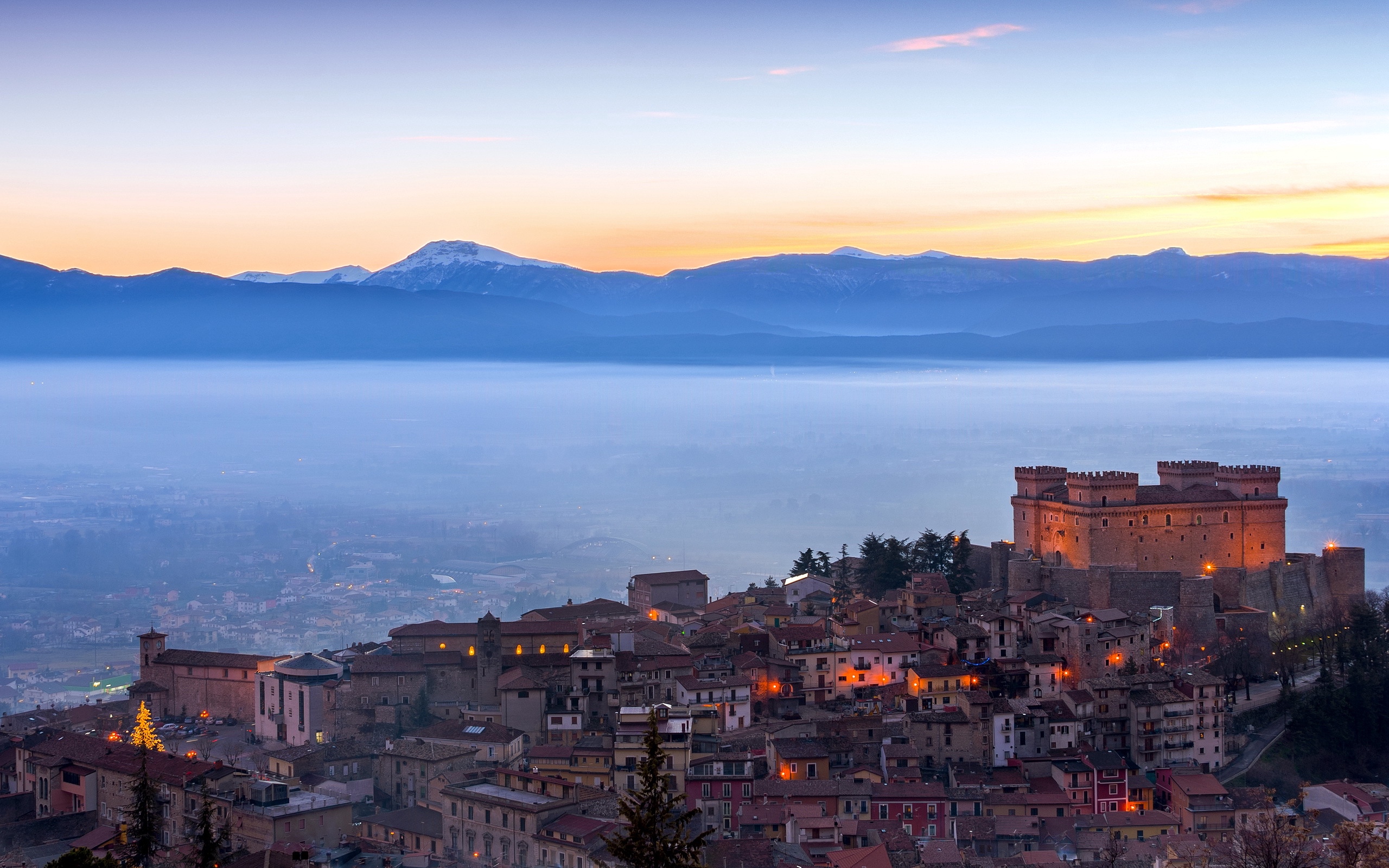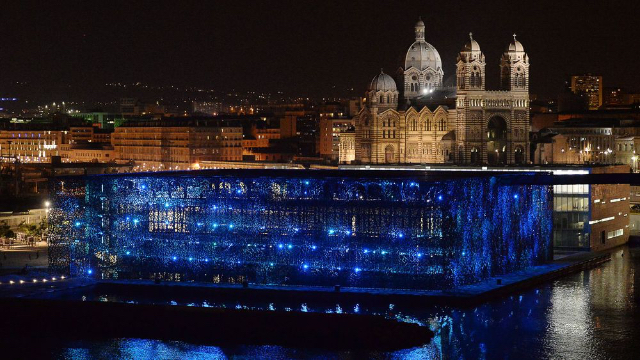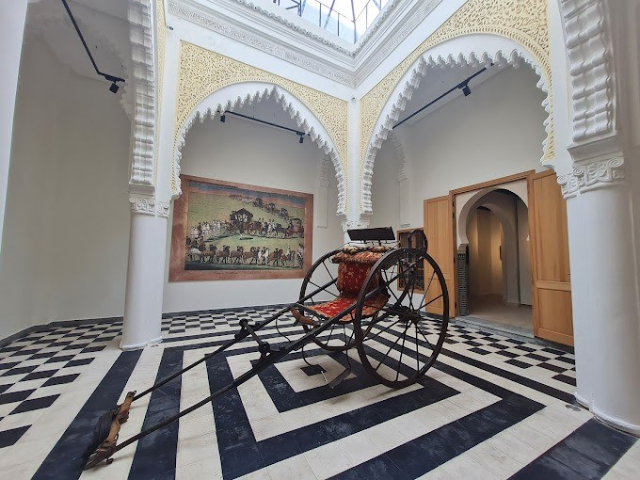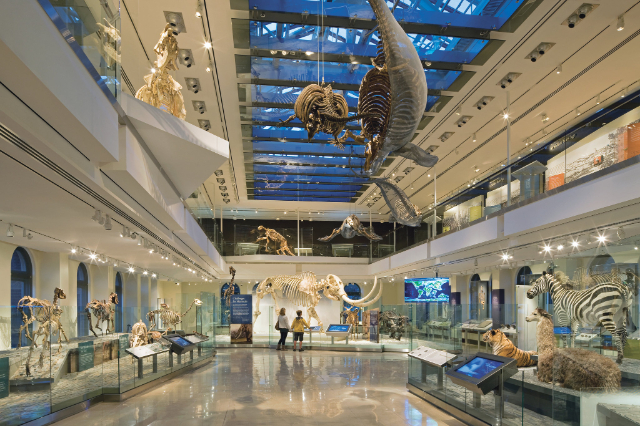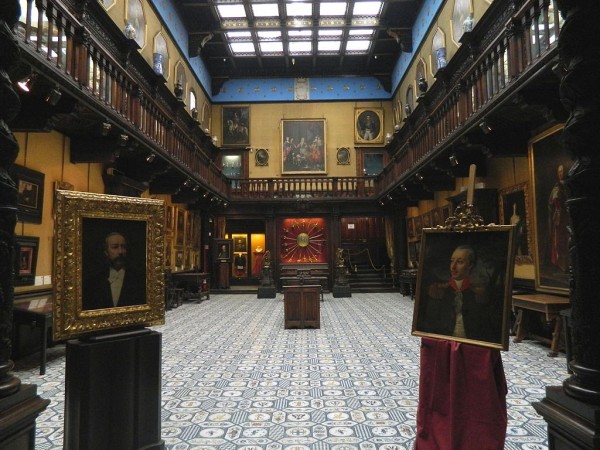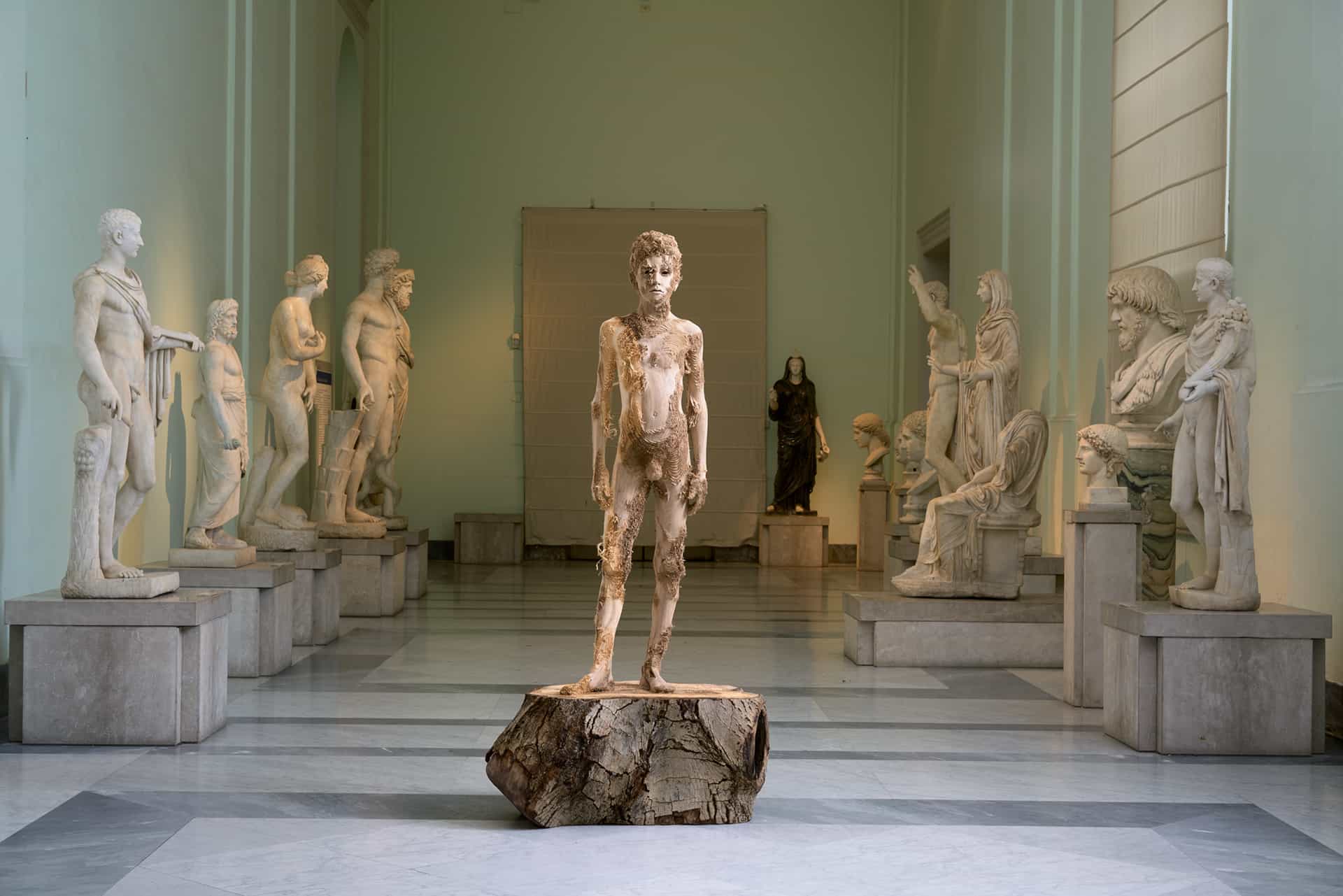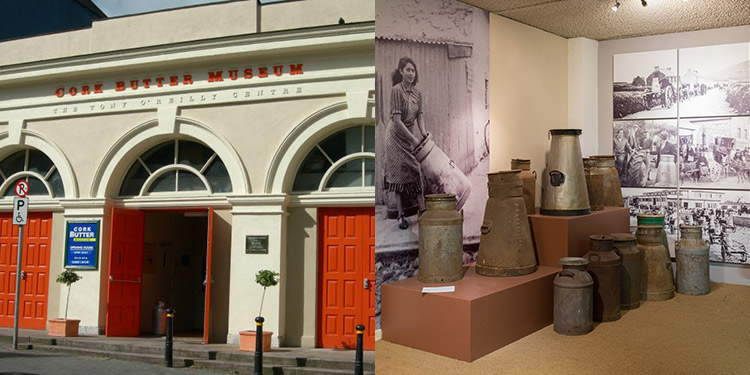The Piccolomini Castle of Celano, protected by a mighty wall, marked by walkways and ramparts, overlooks the Fucino plain once a lake.
Belonging to the type of fortified residence, it consists of a central block of perfectly symmetrical rectangular shape and four crenellated corner towers at the cardinal points.
Born as a military fortress at the end of the 14th century, at the will of Count Pietro Berardi, it was later enlarged by his niece Covella with her husband Leonello Acclozamora. It was finally completed and transformed into a residential palace by Antonio Todeschini Piccolomini, nephew of Pope Pius II, after his investiture as Count in 1463 by Ferrante D’Aragona, sovereign of Naples. Other noble families alternated over the centuries, until it became state property in 1938.
In the disastrous earthquake of 13 January 1915 the structure, although solid, suffered serious and considerable damage. After a long and deleterious period of abandonment, following expropriation by the Italian State, in 1940 the reconstruction works began and, interrupted by the Second World War, were completed only in 1960 respecting the original structure and reusing the recovered materials.
Visible for a radius of many kilometres from the entire Fucino area, the Castle has been home to the Marsica National Museum of Sacred Art since 1992.
The museum itinerary winds its way on a single floor through 8 exhibition rooms, divided into several thematic sections: sculpture (stone and wood), painting (mural, on canvas and on wood) and jewellery. The splendid works come from all over the Marsican territory and can be dated between the 6th and 18th centuries.
Worth mentioning are the two carved wooden doors, made in the 12th century, the precious triptych of Alba Fucens with very fine miniatures and the Orsini cross dated 1334.
The castle also houses an archaeological section dedicated to the Torlonia Collection, consisting of finds found during the drainage of Lake Fucino. Of particular importance and beauty is the limestone relief of the II century A.D. with a view of the city and its territory.
Since the earthquake of April 6, 2009, which hit the city of L’Aquila hard, the Marsican Museum Pole houses works of great artistic value from the National Museum of Abruzzo.
The museum also has a conference room, rooms for temporary exhibitions, outdoor spaces for musical and theatrical performances and rooms for educational workshops. A new educational space for children has recently been inaugurated and the Castle’s prisons have been opened to the public.
